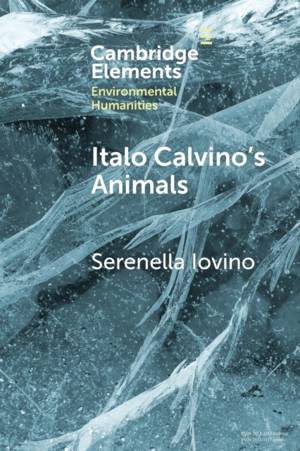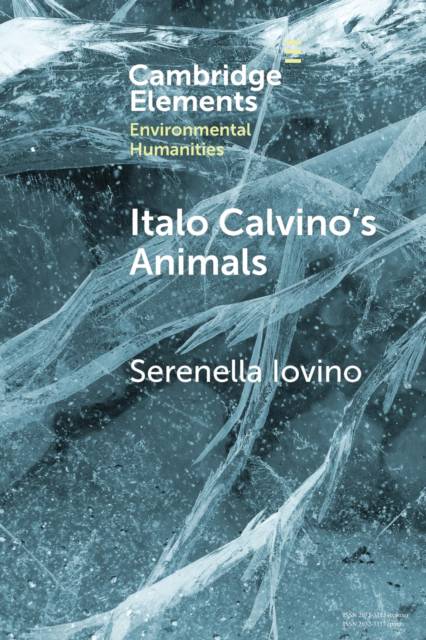
- Afhalen na 1 uur in een winkel met voorraad
- Gratis thuislevering in België vanaf € 30
- Ruim aanbod met 7 miljoen producten
- Afhalen na 1 uur in een winkel met voorraad
- Gratis thuislevering in België vanaf € 30
- Ruim aanbod met 7 miljoen producten
Zoeken
Omschrijving
The words 'Anthropocene animals' conjure pictures of dead albatrosses' bodies filled with plastic fragments, polar bears adrift on melting ice sheets, solitary elephants in the savannah. Suspended between the impersonal nature of the Great Extinction and the singularity of exotic individuals, these creatures appear remote, disconnected from us. But animals in the Anthropocene are not simply 'out there.' Threatening and threatened, they populate cities and countryside, often trapped in industrial farms, zoos, labs. Among them, there are humans, too. Italo Calvino's Animals explores Anthropocene animals through the visionary eyes of a classic modern author. In Calvino's stories, ants, cats, chickens, rabbits, gorillas, and other critters emerge as complex subjects and inhabitants of a world under siege. Beside them, another figure appears in the mirror: that of an anthropos without a capital A, epitome of subaltern humans with their challenges and inequalities, a companion species on the difficult path of co-evolution.
Specificaties
Betrokkenen
- Auteur(s):
- Uitgeverij:
Inhoud
- Aantal bladzijden:
- 75
- Taal:
- Engels
- Reeks:
Eigenschappen
- Productcode (EAN):
- 9781009065306
- Verschijningsdatum:
- 23/09/2021
- Uitvoering:
- Paperback
- Formaat:
- Trade paperback (VS)
- Afmetingen:
- 152 mm x 229 mm
- Gewicht:
- 117 g

Alleen bij Standaard Boekhandel
+ 63 punten op je klantenkaart van Standaard Boekhandel
Beoordelingen
We publiceren alleen reviews die voldoen aan de voorwaarden voor reviews. Bekijk onze voorwaarden voor reviews.











